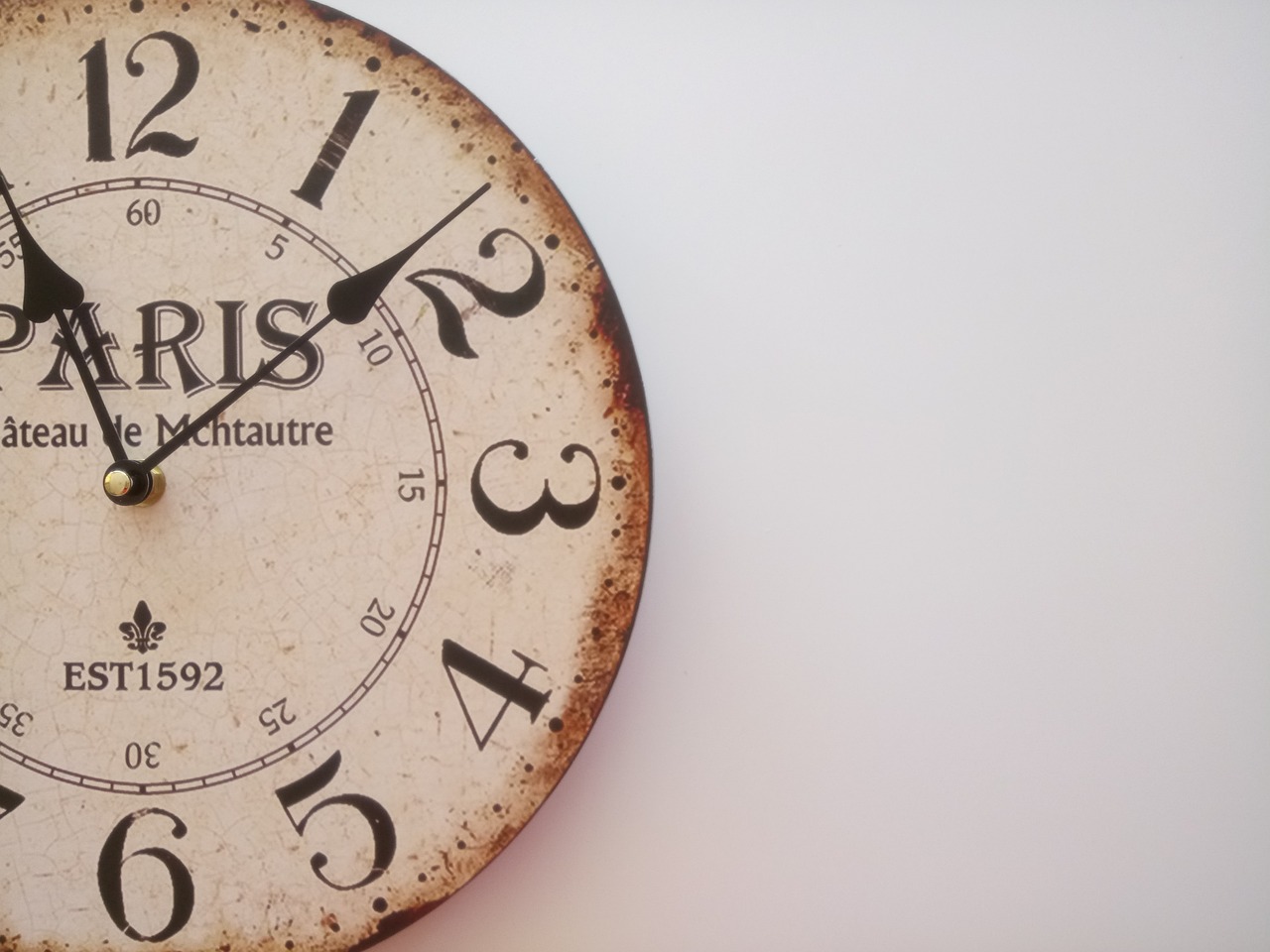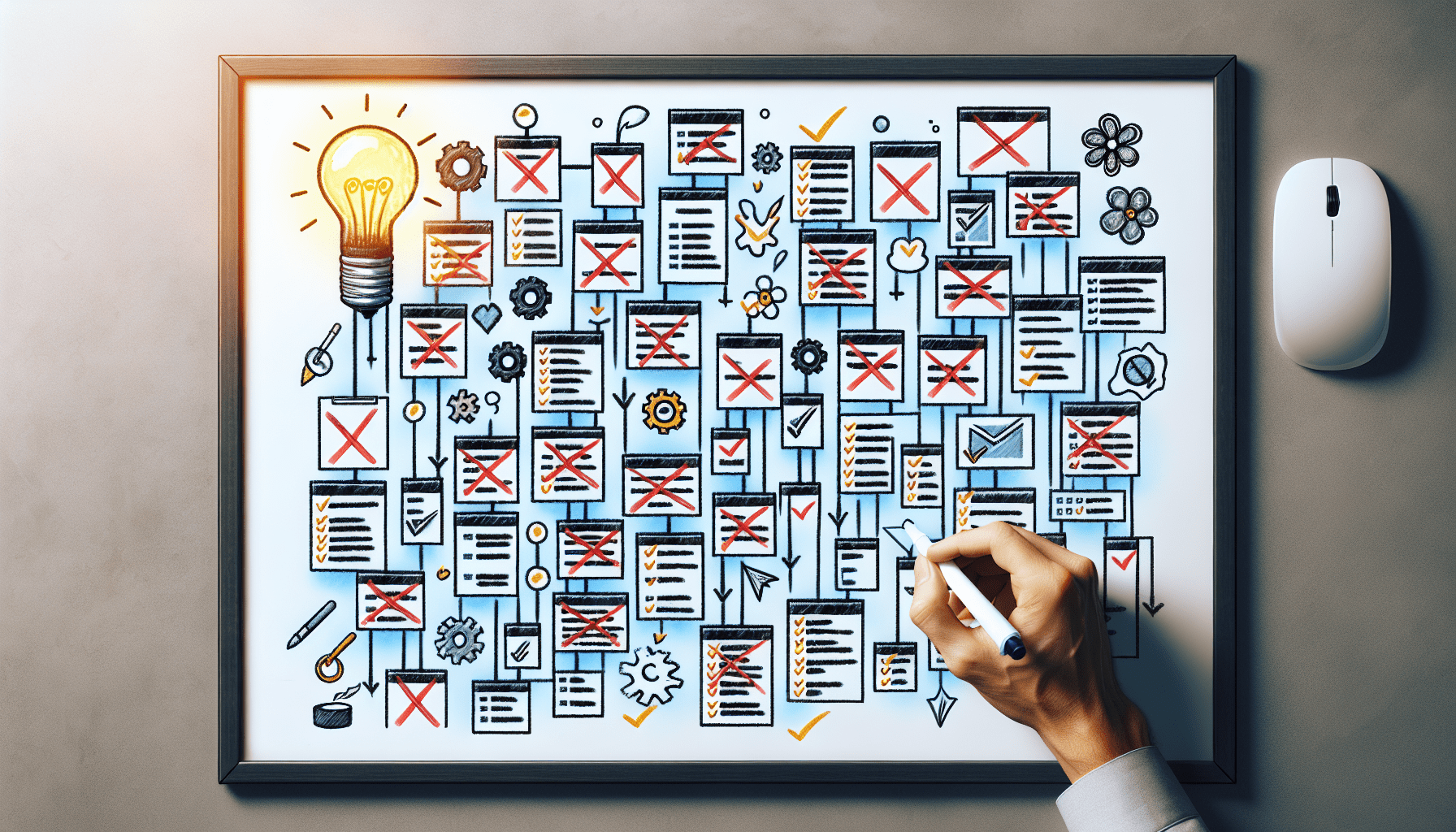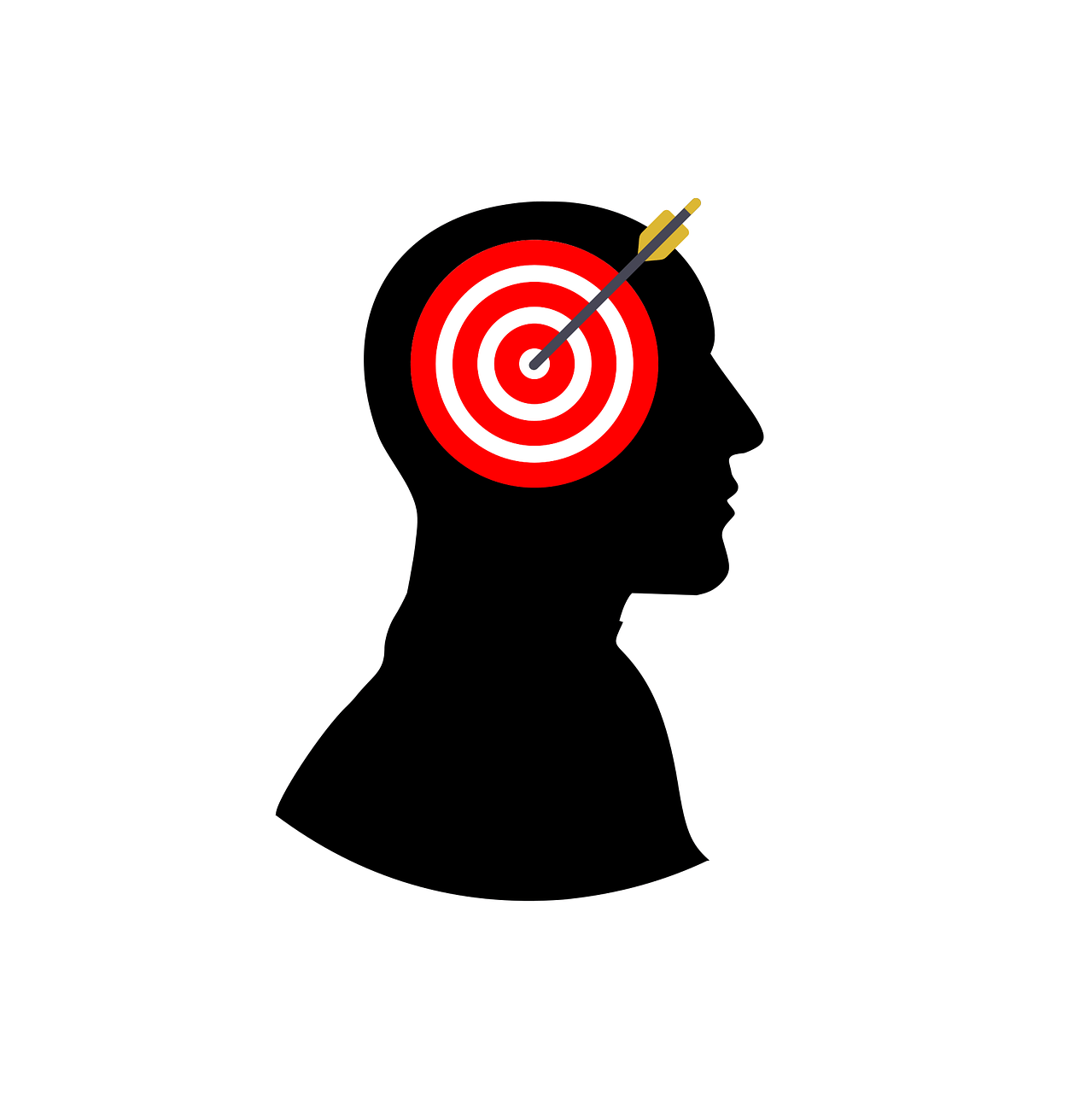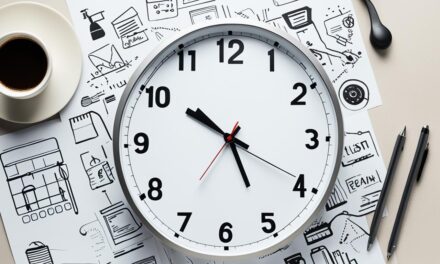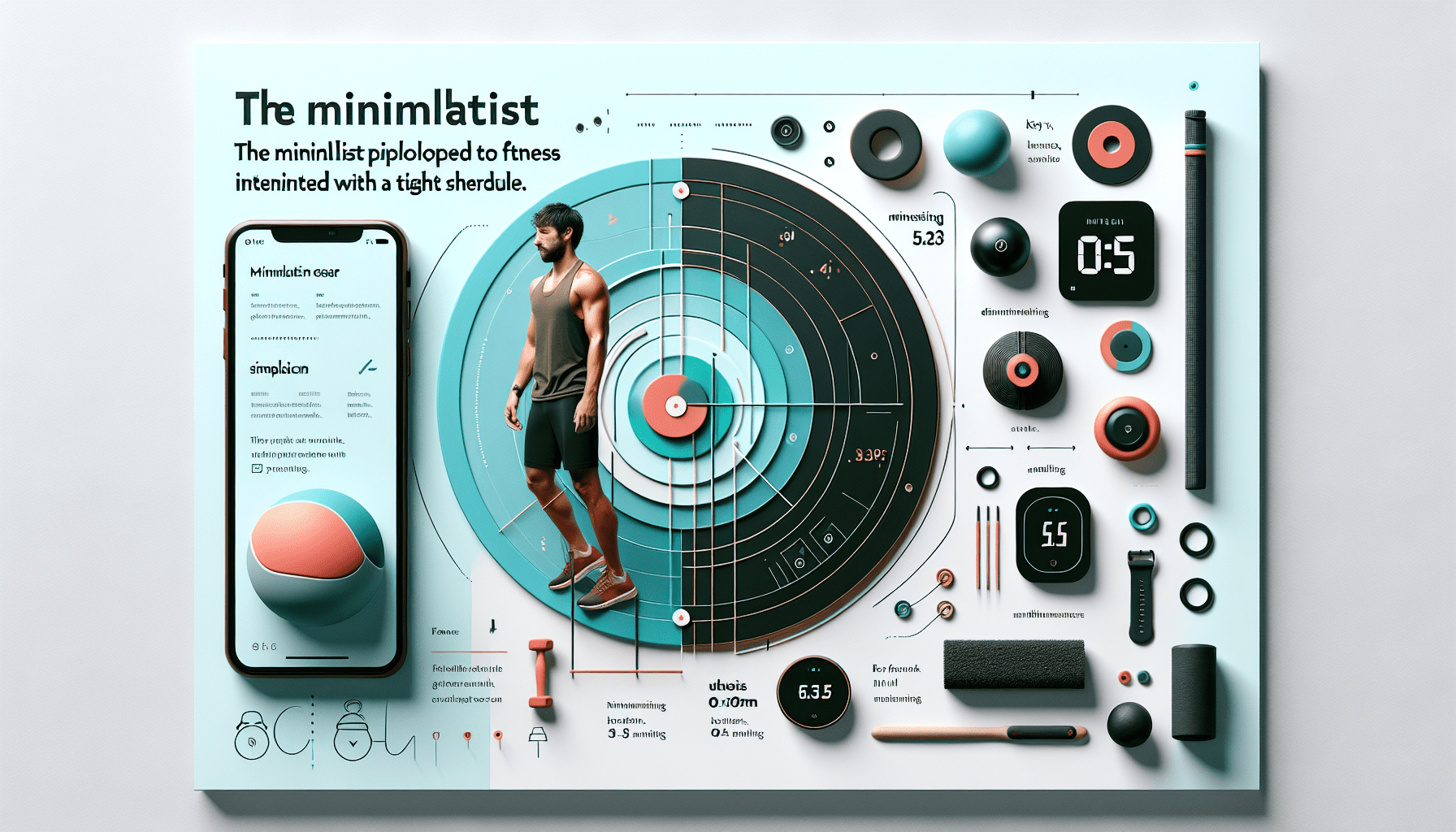
Effortless Time Management: Minimalism in Action

How often do we feel swamped by our endless to-do lists? Wondering if there’s a smarter way to handle our time? What if the key to being productive isn’t about doing more, but about doing less with a clear purpose?
The minimalist lifestyle is all about making thoughtful choices and clearing out the clutter, both in our homes and minds. It’s a way of living that naturally fits with managing time well. This approach lets us concentrate on what’s really important.
Minimalism isn’t about living with nothing. It’s about making choices that boost our productivity and make us feel accomplished. By cutting out the unneeded, we simplify our lives and focus better. This way of living means we live without clutter, helping us see and do what’s really important every day.
Key Takeaways
- Intentional choices lead to better time management by focusing on priorities.
- A minimalist lifestyle can enhance productivity by decluttering physical and mental spaces.
- Organising our environment leads to quicker access to items and more efficient task completion.
- Decluttering digital and physical workspaces boosts motivation and clarity.
- Focusing on what truly matters helps set actionable goals aligned with personal priorities.
The Relationship Between Minimalism and Time Management
Minimalism is about living with purpose. It means making choices that match our true desires and needs. This approach helps us clear out the clutter in our lives. It also makes us focus on what’s really important, saving time and increasing productivity.
Intentional Living: Clutter-Free Life
Living intentionally means we choose what’s truly important. We set deadlines for big tasks to feel a sense of urgency and achievement. Starting each day with 10 minutes of planning helps us stay motivated and focused.
Following Gretchen Rubin’s ‘One-Minute Rule’ helps keep our space tidy. We do tasks that take less than a minute right away. Streamlining our daily tasks reduces decision fatigue. Batching time lets us focus on similar tasks efficiently.
Focus on What Matters
Minimalism helps us focus on what’s truly important. We start with the most critical tasks to clear our minds. Understanding our natural rhythms, like being creative in the morning, helps us work better.
Starting projects as soon as we get home prevents procrastination. The US Marine Corps’ rule of three breaks tasks into three parts for efficiency. Chaos scheduling adds extra time for unexpected issues, giving us control over our schedules.
Embracing routines and systems not only brings a sense of freedom but also allows us to maximise each day, fully embodying the principles of minimalism.
| Minimalist Practice | Description | Benefit |
|---|---|---|
| Artificial Deadlines | Setting short-term deadlines for major tasks | Boosts motivation and task completion |
| Morning Planning | Allocating 10 minutes for daily planning | Enhances focus and daily productivity |
| One-Minute Rule | Completing tasks that take under a minute immediately | Maintains a clutter-free environment |
| Batching Time | Grouping similar tasks together | Optimises task management and time use |
| Rule of Three | Prioritising three main goals at a time | Reduces overwhelm and enhances progress |
Benefits of Minimalist Time Management
Minimalist time management is all about simplifying life and focusing on what’s important. It’s a way to make our daily schedules more efficient and boost our productivity. This approach helps us manage our time better and live a more fulfilling life.
Increased Productivity
By cutting out the non-essential, we can focus better. Using efficiency hacks and strategies, we can do what really matters. This means we spend less time on distractions and more on our goals.
It helps us enjoy our favourite activities and do well in work and life.
Improved Focus and Clarity
Having a tidy space and a clear mind is very beneficial. We make about 35,000 decisions a day, which can be tiring. Simplifying these choices makes it easier to decide and reduces stress.
Practicing mindfulness and cutting out unnecessary tasks helps us live in line with our values. This leads to a calmer and more meaningful life.
Better Work-Life Balance
Minimalism helps us pick and complete tasks wisely, avoiding too much work. Saying no to things we don’t need lets us focus on what’s important. This balance between work and personal life is key to happiness.
It also makes us feel fulfilled and helps us plan a life that grows and supports our well-being.
Understanding the Minimalist Mindset
The minimalist mindset is all about choosing what’s important in life. It’s not about having less, but about making smart choices. This way, we focus on what we really value and cut out the rest.
Minimalism isn’t just about stuff. It’s also about clearing out things like unwanted appointments, negative thoughts, and bad relationships. Clutter can come from emotional ties, being too busy, or not knowing what’s important. By choosing to let go of these, we start living more mindfully.

Living minimally means making choices that make our lives better. This could mean shopping with a purpose, decluttering our homes, managing our time, and setting our priorities. By thinking about what we truly value, we can spot the clutter in our lives.
Many things can lead to clutter, like emotional issues, impulse buying, or just being too busy. For example, clutter might hide a deeper problem or a chaotic life. Making thoughtful choices helps us manage clutter for the long term.
Did you know? Americans throw away over 68 pounds of clothes each year, says the EPA. Also, 20-21% of working Americans aren’t saving for retirement, according to Bankrate.com. And, the average home has about 300,000 items, with families spending $1,700 on clothes yearly (Forbes).
By making mindful choices, we can develop a minimalist mindset. This leads to a simpler, more meaningful life. It helps us focus on what’s important, applying decluttering principles to every part of our lives.
Effective Prioritisation Techniques
Learning how to prioritise tasks is key to managing time well. By knowing what tasks are most important, we can work more efficiently. The Eisenhower Matrix is a great tool for sorting tasks by urgency and importance.
How to Identify Key Tasks
Identifying key tasks is crucial for managing time well. Each day gives us 24 hours, 1,440 minutes, or 86,400 seconds. It’s important to use this time wisely. Start by making a list of all tasks and sort them by how important they are to your goals.
Clutter can harm our well-being, so focusing on what’s essential helps (Roster, 2016). Use a minimalist approach to remove tasks that aren’t important. This leaves us with what really matters.
Planning when you work best is also key. Set aside a quarter of the day for creative work. Tackling hard tasks first, breaking them down, and rewarding yourself for finishing them can make a big difference.
The Eisenhower Matrix
The Eisenhower Matrix is a useful tool for prioritising tasks. It was named after President Dwight D. Eisenhower. It helps us sort tasks by how urgent and important they are.
| Quadrant | Task Type | Action |
|---|---|---|
| 1 | Urgent and Important | Do Immediately |
| 2 | Not Urgent but Important | Schedule to Do Later |
| 3 | Urgent but Not Important | Delegate |
| 4 | Not Urgent and Not Important | Eliminate |
This matrix fits well with a minimalist lifestyle by making it easier to decide what to do. By using it, we focus on what’s most important. This helps us achieve our goals and keep our schedules clear.
Time Blocking: A Minimalist Approach
Time blocking is a way to boost productivity that fits well with a minimalist lifestyle. It means dividing our day into blocks for specific tasks. This makes our daily plans simpler and helps us focus on what’s important.
This method avoids the downsides of doing many things at once, which can drain our energy. By sticking to time blocking, we commit to focusing on one task at a time. This leads to deeper work and better use of our time.
The Basics of Time Blocking
Learning the basics of time blocking helps us manage our time better. Cal Newport says a structured 40-hour work week can be as effective as working more hours without a plan. The idea is to plan our time instead of just reacting to tasks.
This approach cuts down on distractions and helps us focus better. It makes us more productive and efficient in completing tasks.
Starting the day at 7:00 AM could include a block for exercise, another for learning, and one for cooking. With invisible disabilities affecting our energy, it’s important to plan for rest. Grouping similar tasks together reduces the mental effort of switching between them.
How to Implement Time Blocking in Your Schedule
To start time blocking, we need to plan carefully. Think about our weekly tasks, like a group coaching call from 1:30 to 2:30 PM every Tuesday. Fill each block with tasks that match our energy levels and priorities.
Set a block for creative work after we’re most energised, maybe in the morning. Include rest periods if our energy drops due to illness. Mike Vardy suggests a weekly theme to keep us focused. Using the Pomodoro technique for focused work sessions is also helpful. Leaving 20% of our calendar free helps us adapt to surprises.
| Time | Activity |
|---|---|
| 9:00 AM – 10:00 AM | Morning routine: Exercise & Personal Development |
| 10:00 AM – 12:00 PM | Deep Work Session |
| 12:00 PM – 1:00 PM | Lunch & Rest |
| 1:30 PM – 2:30 PM | Group Coaching Call |
| 2:30 PM – 3:30 PM | Project Development |
| 3:30 PM – 5:00 PM | Client Communication & Admin |
Using minimalist productivity methods like time blocking can change our daily life. It gives us a clear plan, better focus, and more efficient scheduling. As we use these methods, we gain more control over our time and activities. This leads to a balanced and productive life.
Efficient Task Delegation and Outsourcing
In the world of minimalism, managing time well means delegating tasks and using outsourcing strategies. These tools help us work better and keep our focus on what’s important. Many managers struggle with too much work, but delegating tasks can help ease this burden.

Yet, many managers are hesitant to delegate, fearing they’ll lose control or not trust their team. But, building trust is key to successful delegation. A clear plan with tasks, deadlines, and support is vital for effective delegation, say 65% of managers.
Starting with less important tasks can help team members gain confidence and skills. This method, supported by 75% of managers, boosts team productivity and helps with personal growth. It leads to a 20% improvement in skills and growth for employees.
Outsourcing brings in special skills and helps with time management. It’s great for tasks that need certain skills not found in-house. Half of what managers do can be outsourced, like admin, IT, graphics, customer support, and market research.
Outsourcing increases productivity by 30% and cuts costs by 25% compared to hiring staff. It lets managers focus on important tasks. Plus, 45% of managers say it helps them stay focused on planning, innovation, and leadership for success.
| Strategy | Benefits |
|---|---|
| Task Delegation |
|
| Outsourcing |
|
Using task delegation and outsourcing can greatly improve our work. By focusing on key tasks and using special skills, we can grow our businesses and ourselves. These strategies are crucial for managing time well.
Using Scheduling Tools for Minimalist Time Management
In today’s fast-paced world, using digital scheduling tools is key for a minimalist time management approach. These tools help streamline processes and keep our workflow consistent and organised. They are a big part of minimalist time management, along with scheduling tools and productivity apps. By using these modern tools, we can focus on what’s important and cut down on the clutter that can overwhelm us.
Trevor AI is a great example of how to manage time well. Since 2015, it has learned from thousands of users to improve daily planning and time blocking. It combines calendars and to-do lists to help us focus on tasks at set times. This method breaks tasks into smaller pieces, helping us avoid feeling overwhelmed.
To-do lists can sometimes be too ambitious, leading to frustration. Calendars are good for time-based events but not for tasks. Trevor AI’s time blocking method uses the best of both, making us more productive without losing our minimalist goals.
Here are some steps to make time blocking work:
- Offloading tasks into a centralised inbox
- Organising tasks systematically
- Scheduling tasks between to-do lists and calendars
- Focusing on one task at a time
- Marking tasks as complete within the schedule
- Taking regular breaks
- Reviewing daily accomplishments
Using digital planners like Trevor AI also has many benefits. They’re easy to update, accessible on different devices, and can sync with various calendars. These planners give a big-picture view of tasks and events, helping us manage time well and reduce stress.
Tools like the Full Focus Planner help keep our minds clear for deep work. They support minimalists in staying focused, leading to better productivity. The “3×3” method, which tracks daily time spent on activities, shows how important structured time management is.
By using these productivity apps, we can live a clutter-free, efficient life. This approach fits well with minimalist principles, letting us focus on important tasks and ignore the rest. It leads to better financial health and more satisfaction.
Conducting a Time Audit
Doing a time audit is key to managing our time well and living a minimalist life. By looking closely at how we spend our time, we can find ways to improve our productivity and happiness. Let’s explore the steps and benefits of a detailed time audit.
Identifying Time Wasters
One main aim of a time audit is to spot inefficiencies in our daily life. By tracking our activities, we can see which tasks take up too much time but don’t help us reach our goals. Studies show there’s often a big difference between how we think we spend time and how we actually do.
This knowledge is vital for cutting down on distractions and focusing on what’s important.
- Set realistic and attainable goals for better time management.
- Track time accurately, using automated methods for reliability.
- Analyse the data to find our most productive hours and big time wasters.
- Create a time management plan by prioritising tasks and using effective strategies.
- Check how we’re doing and tweak our plans for ongoing improvement.
With honesty and effort, a time audit can show us the best way to move forward. It helps us make important changes in our daily life.
Optimising Your Daily Routine
After a time audit, optimising our daily routine comes next. By looking at our daily actions with a minimalist mindset, we can make our schedules simpler and focus on what’s important. Tools like the Eisenhower Matrix and ABC Method are key in this process.
Using apps like Jira, which works with these methods, helps us see and sort tasks better. This makes our work weeks more effective.
Having a specific workspace cuts down on distractions. Adding regular breaks also boosts productivity. It’s all about making small changes that add up to a better daily routine.
Penny for penny, the value of time outweighs any monetary gain. Every moment wisely spent brings us closer to our goals.
By doing time audits and optimising our daily routines, we match our actions with our goals. This ensures we use every hour well.
Conclusion
Embracing minimalism in time management can change how we work. It helps us focus on what’s important by cutting out distractions. Tools like the Bullet Journal and the 1-2-3-4 method help us plan better.
This journey shows us how minimalism boosts productivity and focus. It also helps us balance work and life better. Techniques like time blocking and delegating tasks give us control over our time. Being fully engaged in our work is key.
By living minimally, we improve our productivity and life quality. Simplifying our lives and focusing on what’s important makes us happier. These changes help us manage our time better and live with purpose.

